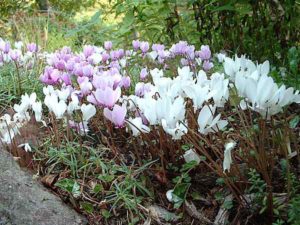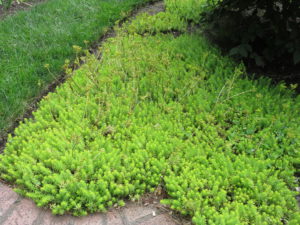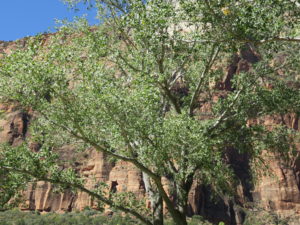Tired of being a shopping mall walker this winter? Instead, visit a local full service garden center. This is a garden center that is open year round and generally does not include the big box stores unless you live a southern climes like Florida, Texas, Arizona, or California.
Stores are likely to have walkways, likely concrete or pea gravel, to accommodate a walker or wheelchair. Exercise not only your legs but other senses with an array of colors and fragrances. Lush greenery may surround you in the greenhouse, no matter what the weather is outdoors.
Out in the parking lot winter-hardy pansies, snapdragons, and dianthus maybe peaking through the snow. Truckloads of pre-forced spring flowering bulbs, such as tulips, daffodils, and fragrant hyacinths, should have arrived by mid-January. Some garden centers also offer outdoor display gardens. Walk through the gardens as warm spring temperatures are arriving and trees, shrubs and perennials are waking up.
Wander down the aisles of tropical house plants. Check out dumbcanes (Dieffenbachia), Chinese evergreens (Aglaonema), fiddleleaf figs, palms, ferns, or snake plants (Sansevieria). You’ll feel as if you are in a tropical paradise. Overhead may be several hanging vines like philodendrons, ivies, and pothos.
How about those flowering plants? Spring may be months away, but moth orchids (Phalaenopsis), begonias, amaryllises, colorful bromeliads, African violets (Saintpaulia), peace lilies and anthuriums. Desert plants, including cacti, jades, aloes and other succulents, are lush this time of year and many sporting colorful blooms. Over in the herb department, inhale the sweet smells of pineapple sage, rosemary, lavender, mint, and chocolate. Miniature orange, lime and lemon trees full of super fragrant blooms.
Spend 30 to 60 minutes walking through our greenhouses and come away refreshed, renewed, and rejuvenated at no charge. Some garden centers offer yoga and pilates classes to help get in shape for spring. Stop by the gourmet coffee bar for a hot (or cold) brew.























